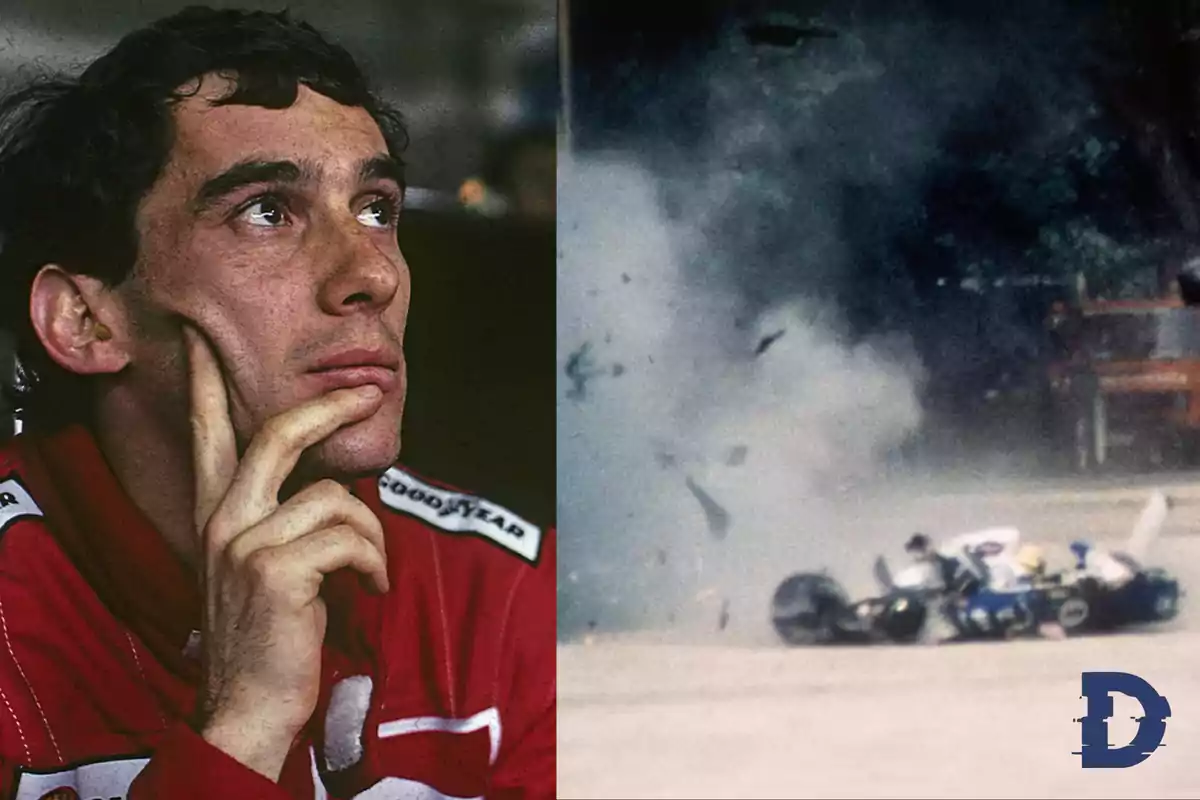
Ayrton Senna: 31 years since the death of the fastest Formula 1 driver
The Brazilian driver died in the 1994 San Marino Grand Prix when his car crashed at the Tamburello corner
On May 1, 1994, the sports world came to a halt in the face of a tragedy broadcast live. It was the death of Ayrton Senna, at 34 years old, at the San Marino Grand Prix.
His death marked a turning point in the history of Formula 1. Thirty years later, his figure remains as relevant as his achievements, charisma, and social commitment.
From São Paulo to the world: a passion that began at 4 years old
Senna was born on March 21, 1960, in São Paulo, Brazil. From a very young age, he showed an almost natural fascination with speed.
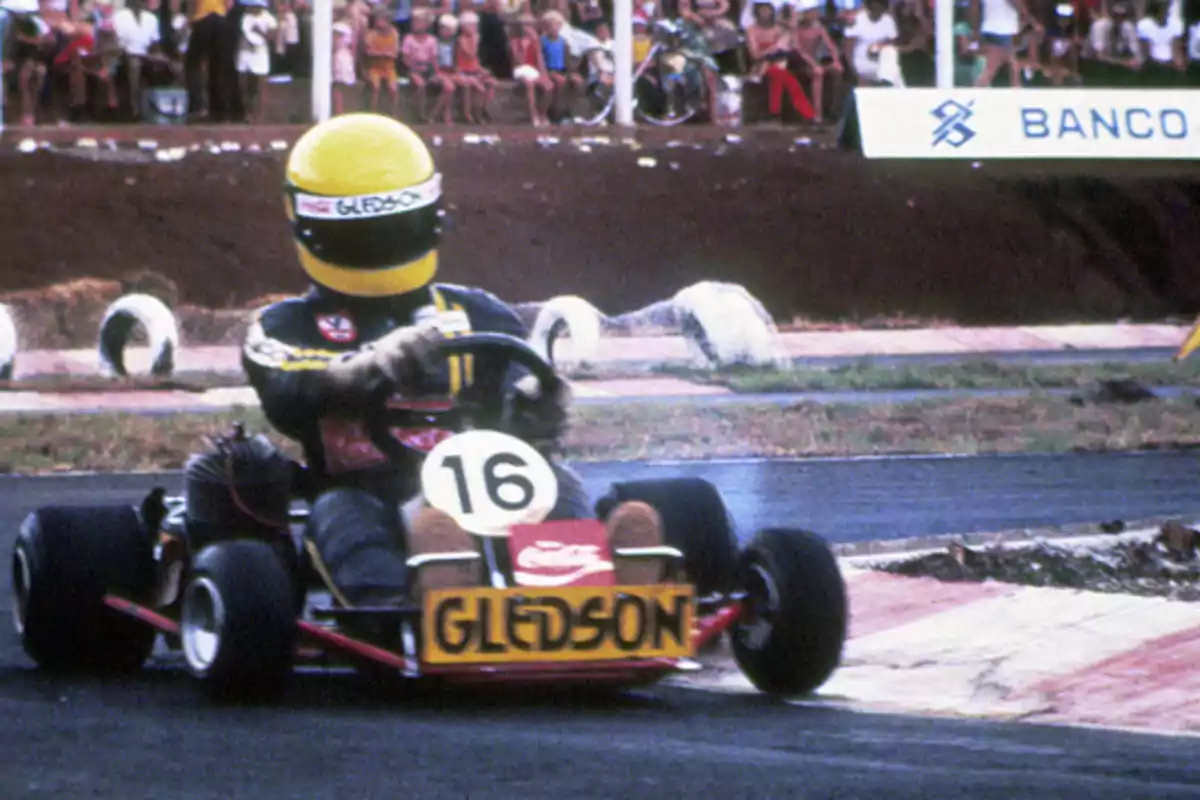
At 4 years old, he received a mini kart from his father, and at 13, he began competing in official tournaments. He won the South American karting championships in 1977 and 1978.
In 1981, he moved to England to compete in Formula Ford 1600. Although he briefly returned to Brazil to work in the family business and study business administration, his passion for motorsport was stronger.
In 1982, he returned to Europe to compete in Formula Ford 2000. A year later, he became the British Formula 3 champion, earning him an invitation to be an F1 test driver.
From Toleman to the top: champion with McLaren
Senna debuted in 1984 in Formula 1 with the Toleman team. The following year, he signed with Lotus, where he achieved his first victories: the Portuguese Grand Prix and Spa-Francorchamps.
In 1988, he was hired by McLaren, where he shared the team with world champion Alain Prost. That same year, he won eight races and was crowned world champion for the first time.
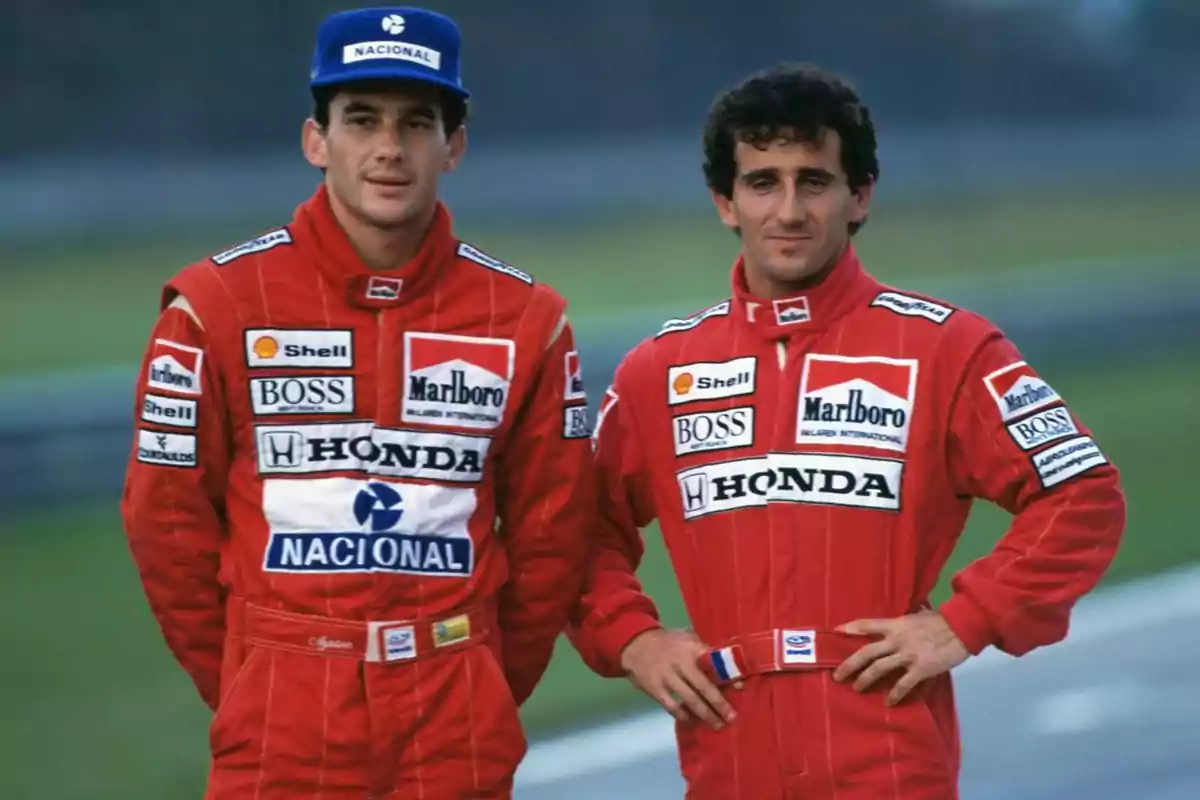
The rivalry with Prost became one of the most intense in F1. In 1989, the Frenchman took him off the track in Suzuka.
The following year, Senna took revenge with a similar maneuver that secured his second title. In 1991, he dominated the season and achieved his third world championship.
During his F1 career, he caused impressive results. He competed in 161 Grands Prix, achieved 65 poles, stood on the podium 80 times, and won 41 races. Thus, he accumulated three world titles (1988, 1990, and 1991) and more than 600 points.
Ayrton Senna en el choque fatal de Imola 1994
The tragic Imola accident
In 1994, Senna joined Williams, but adapting to the car proved complex due to new rules that banned electronic driver aids. At the San Marino Grand Prix, Senna suffered a fatal accident at the Tamburello curve. The day before, Austrian Roland Ratzenberger had also died.
His Williams FW16 crashed into the wall at over 200 km/h. According to doctor Alessandro Misley, Senna died from a fracture at the base of the skull caused by extreme deceleration.
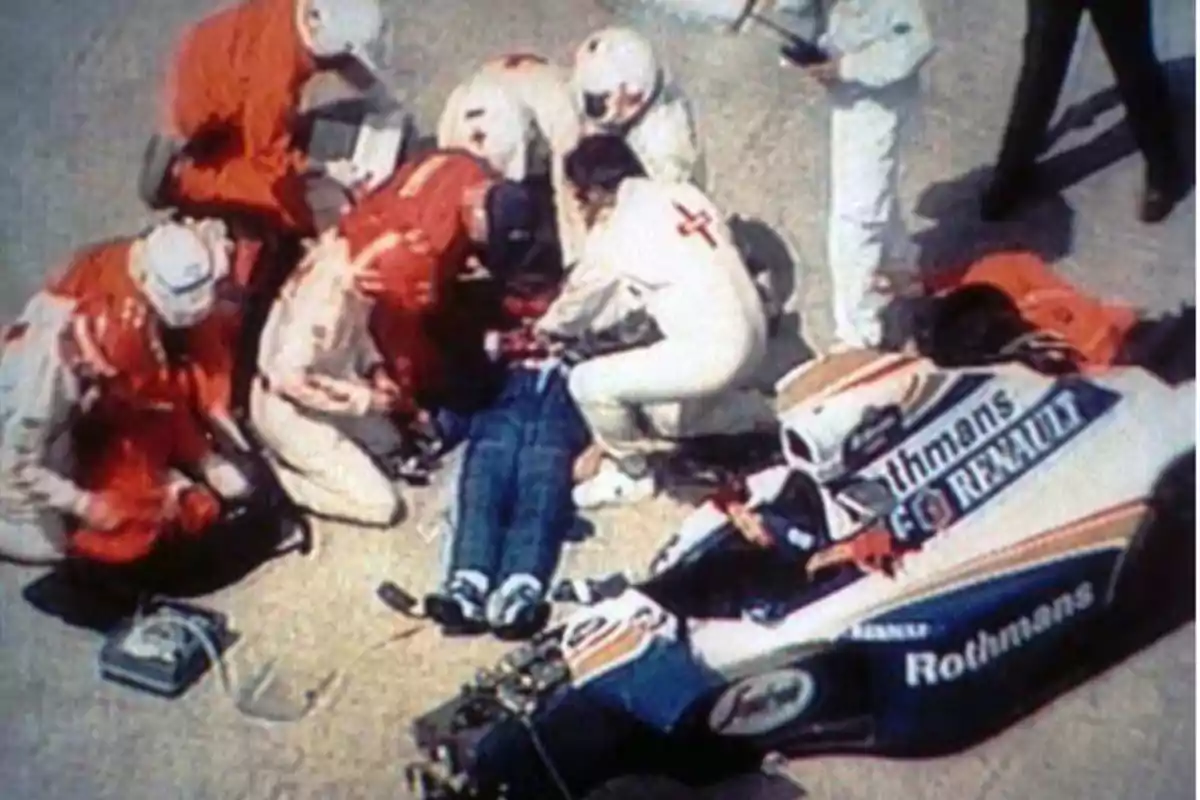
This disproves the version that he was killed by the impact of the suspension bar, as was believed for a long time. "If it were just that, Senna would be alive," said Misley.
Although resuscitation maneuvers were attempted on the track and he was taken to the Maggiore Hospital in Bologna, his death was confirmed that same day. The accident prompted a complete review of safety systems in F1.
No convictions and a symbolic responsible
In 1997, six people were prosecuted for Senna's death, including Frank Williams, Patrick Head, and Adrian Newey, but they were acquitted due to lack of evidence.
In 2007, Patrick Head was found guilty of involuntary manslaughter due to negligence for modifying the car's steering column. But he did not serve a sentence because the statute of limitations had expired.
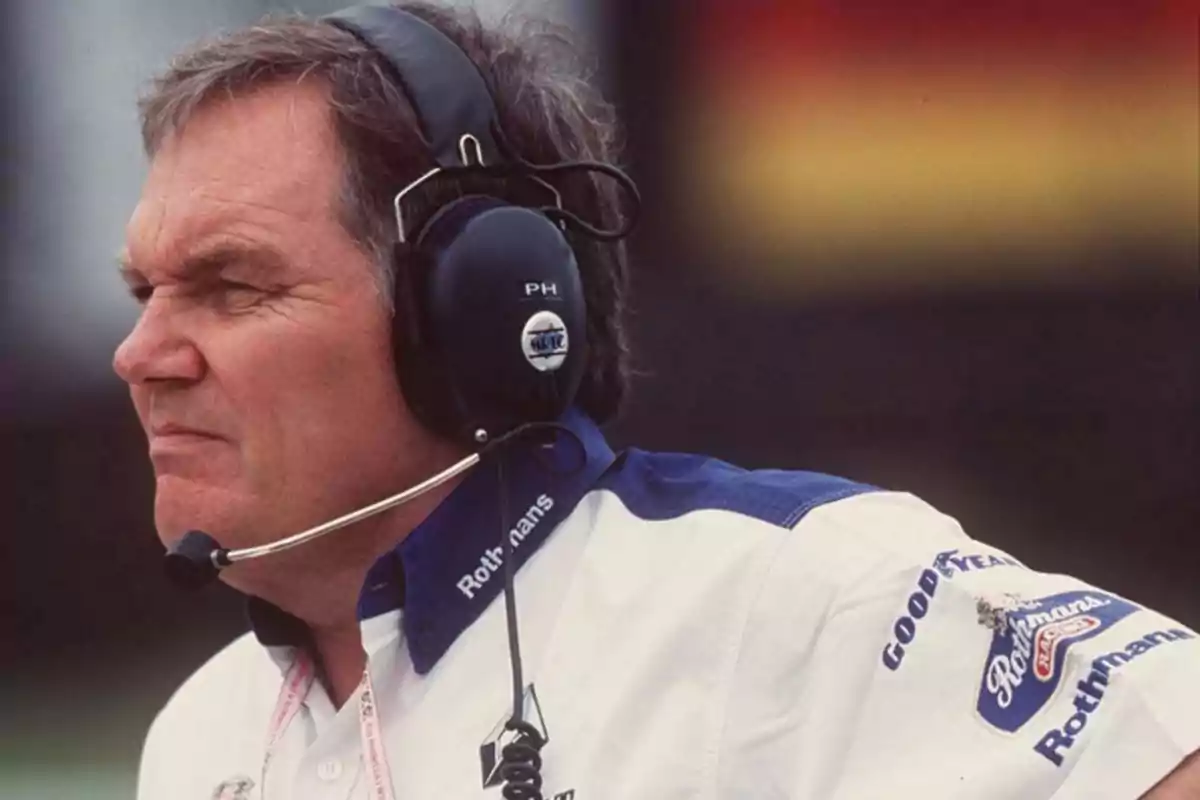
A legacy that transcends motorsport
Senna was not only an exceptional driver. He was also a philanthropist committed to the children of Brazil. In November 1994, his family founded the Ayrton Senna Institute, which still works today to improve the education of millions of children in vulnerable situations.
"Besides being a driving genius, he was one of the most attractive personalities in sports. Although of short stature, he had a powerful physical presence, and when he spoke, his eyes excelled, and his eloquence was captivating," recalls his profile in the Formula 1 Hall of Fame.
Thirty years after his passing, Lewis Hamilton, Sebastian Vettel, Fernando Alonso, and young drivers like Franco Colapinto continue to evoke his figure as a source of inspiration. His face appears in statues, murals, and tributes on circuits around the world.
Formula 1 changed forever after his death to the point that there have been no more fatal accidents.
More posts: